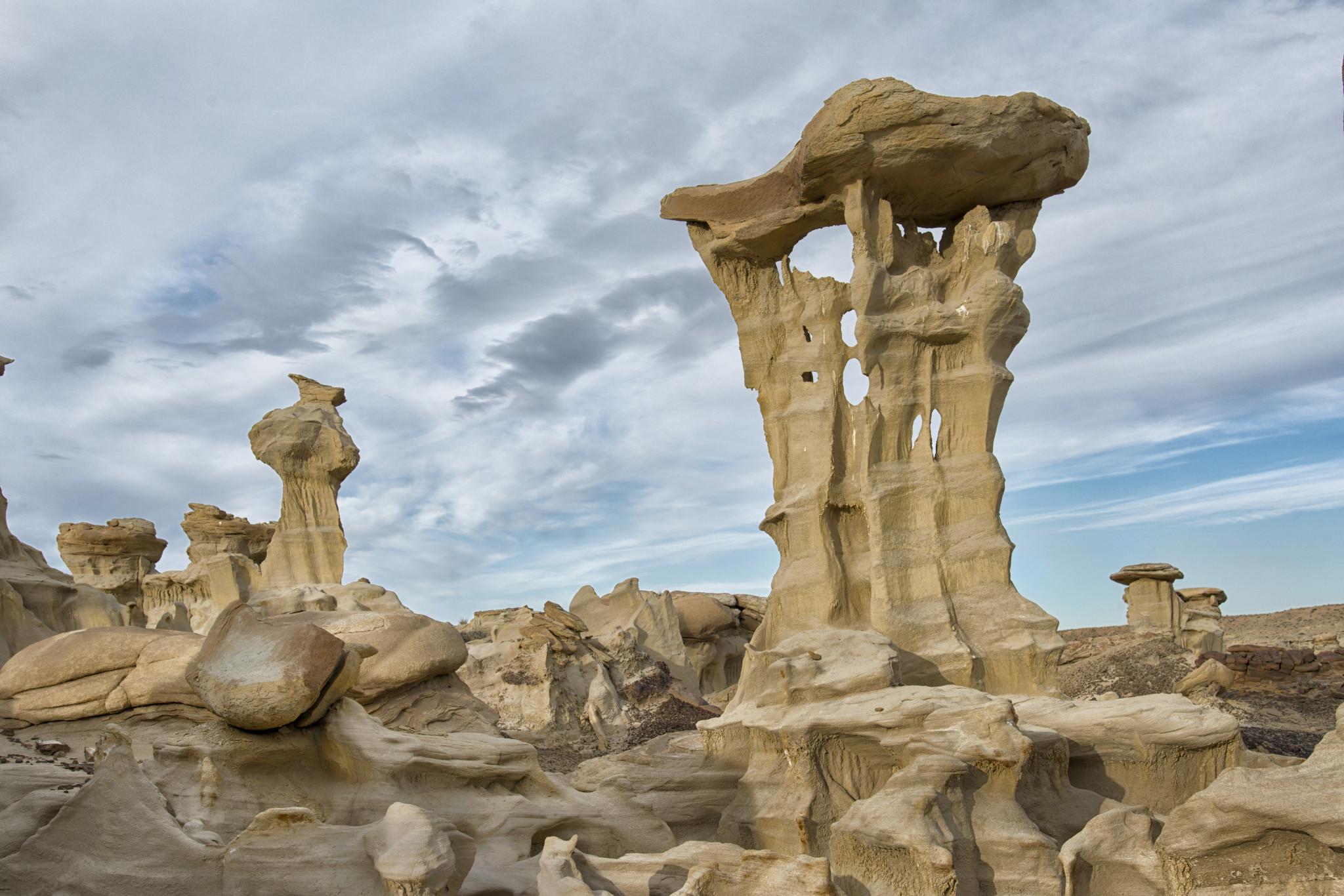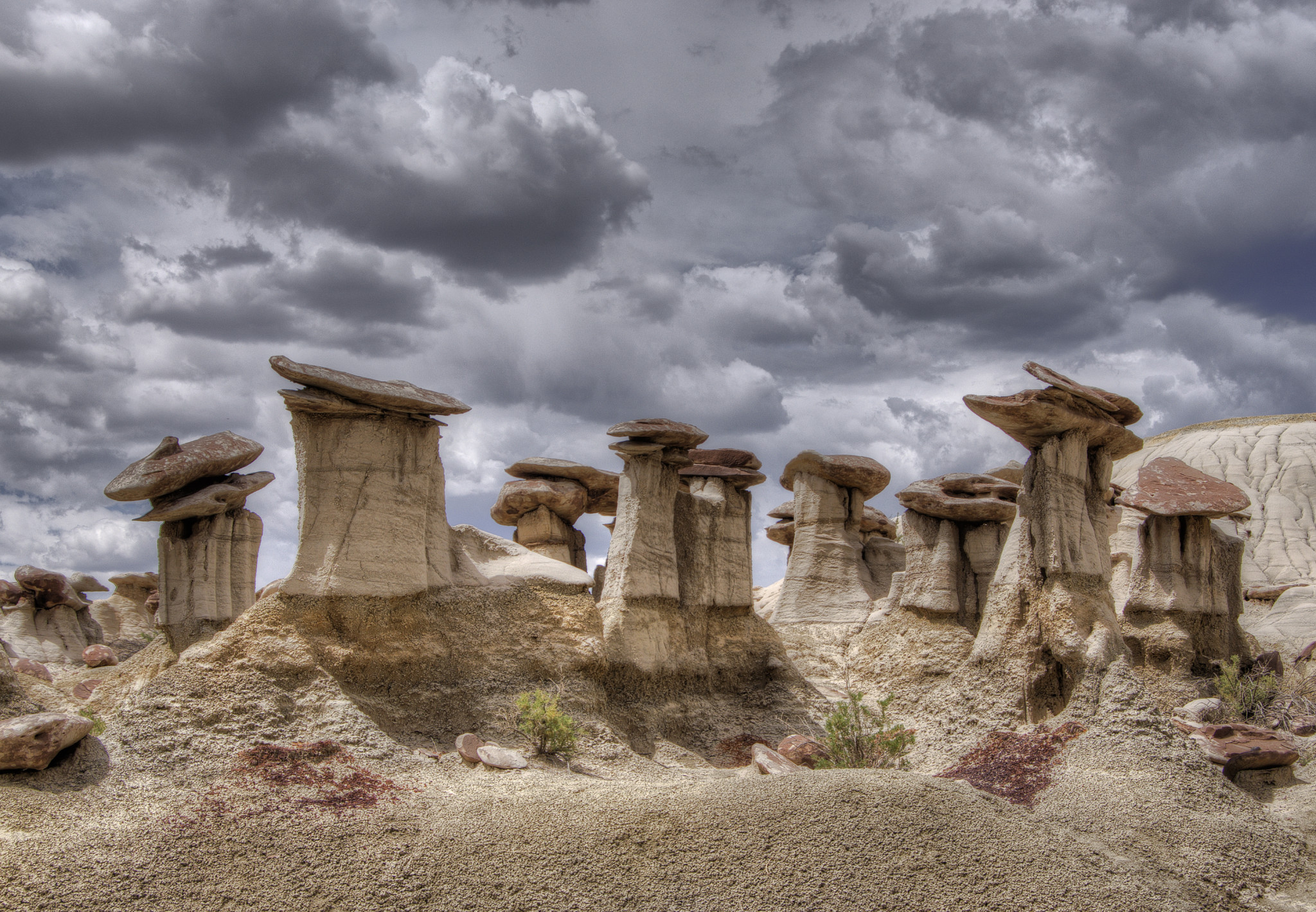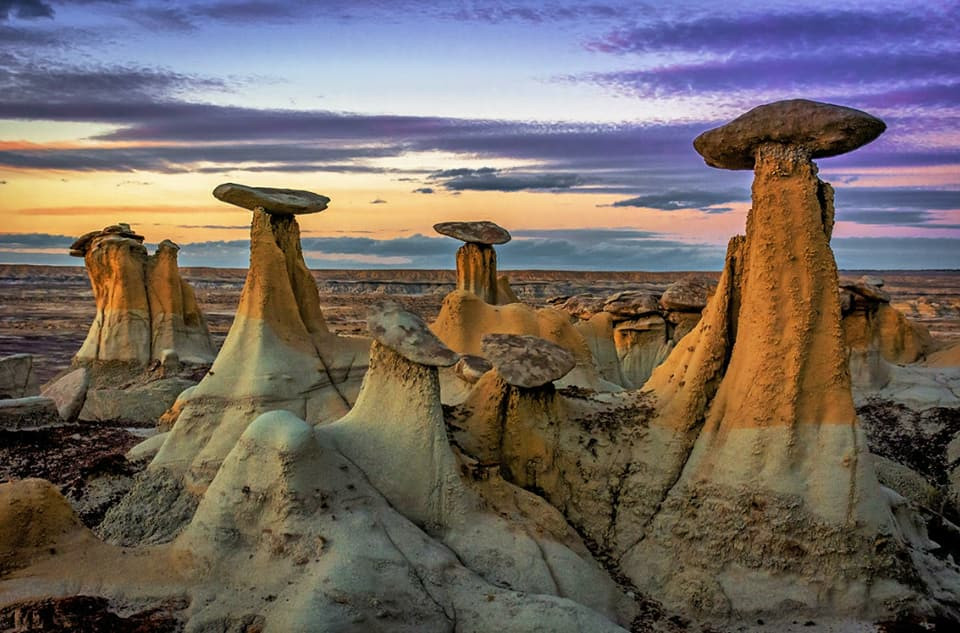Aerial photography of the famous Great Barrier Reef in Australia, which includes Heart Reef (can you spot it?).
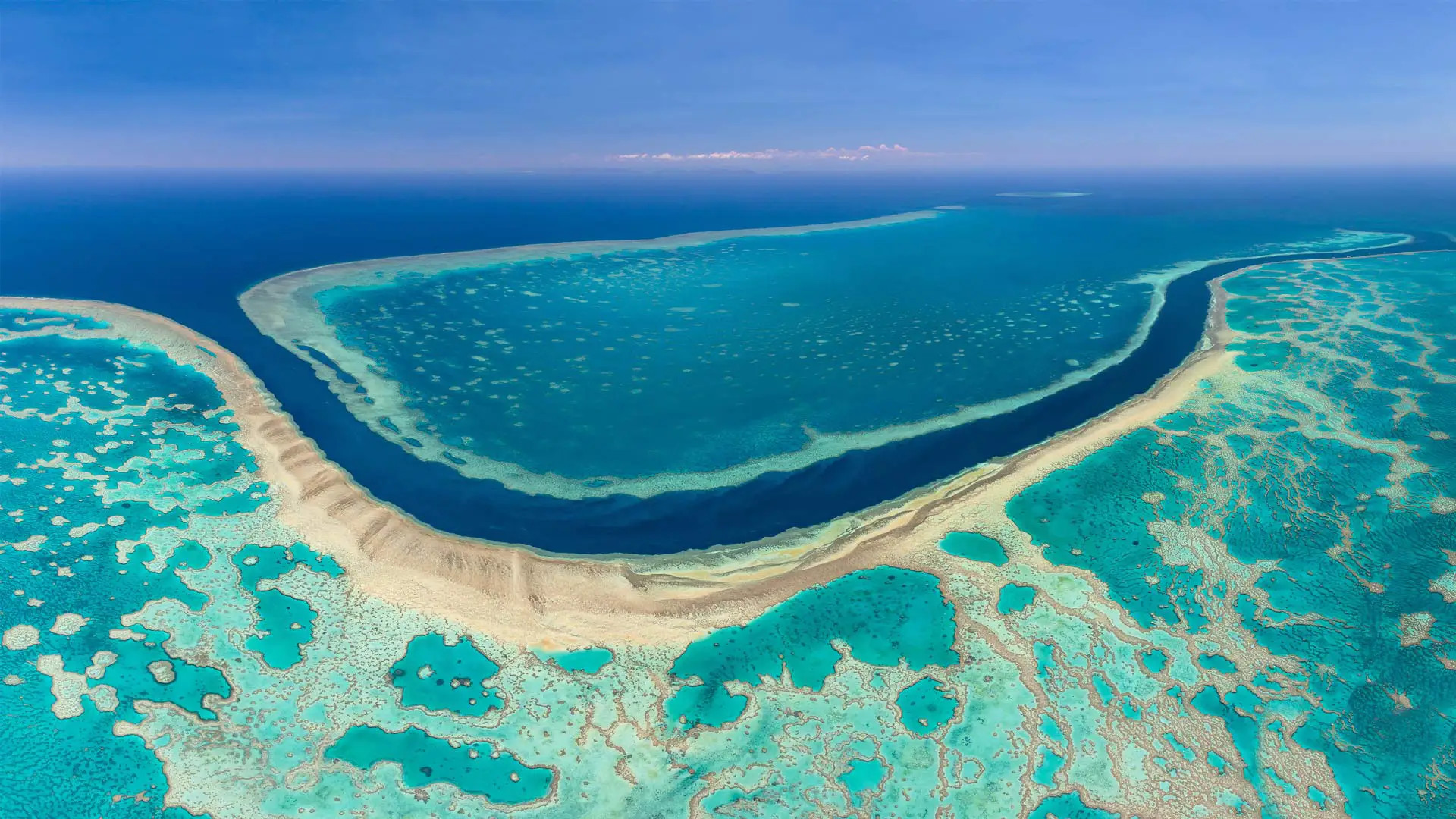
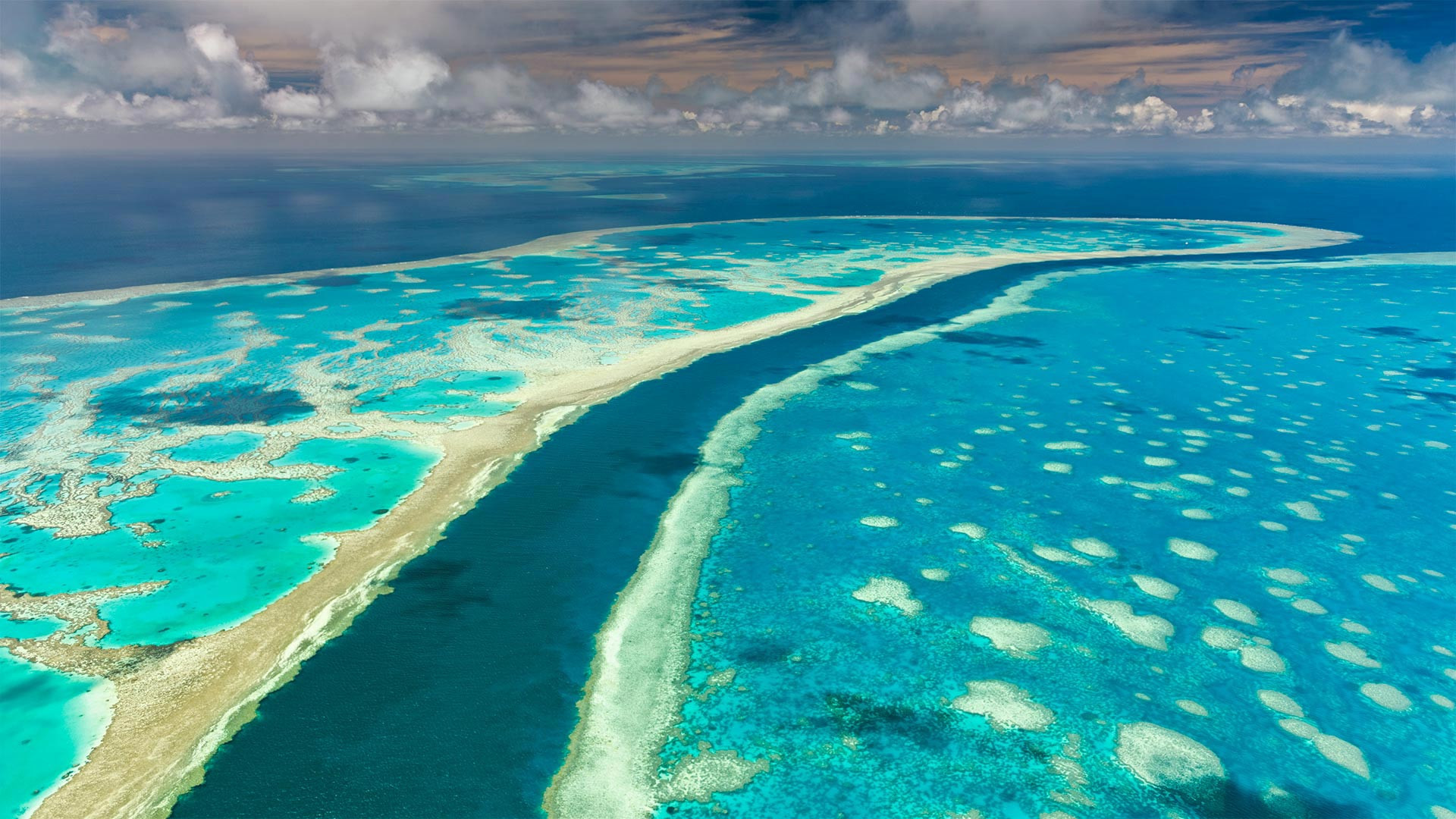
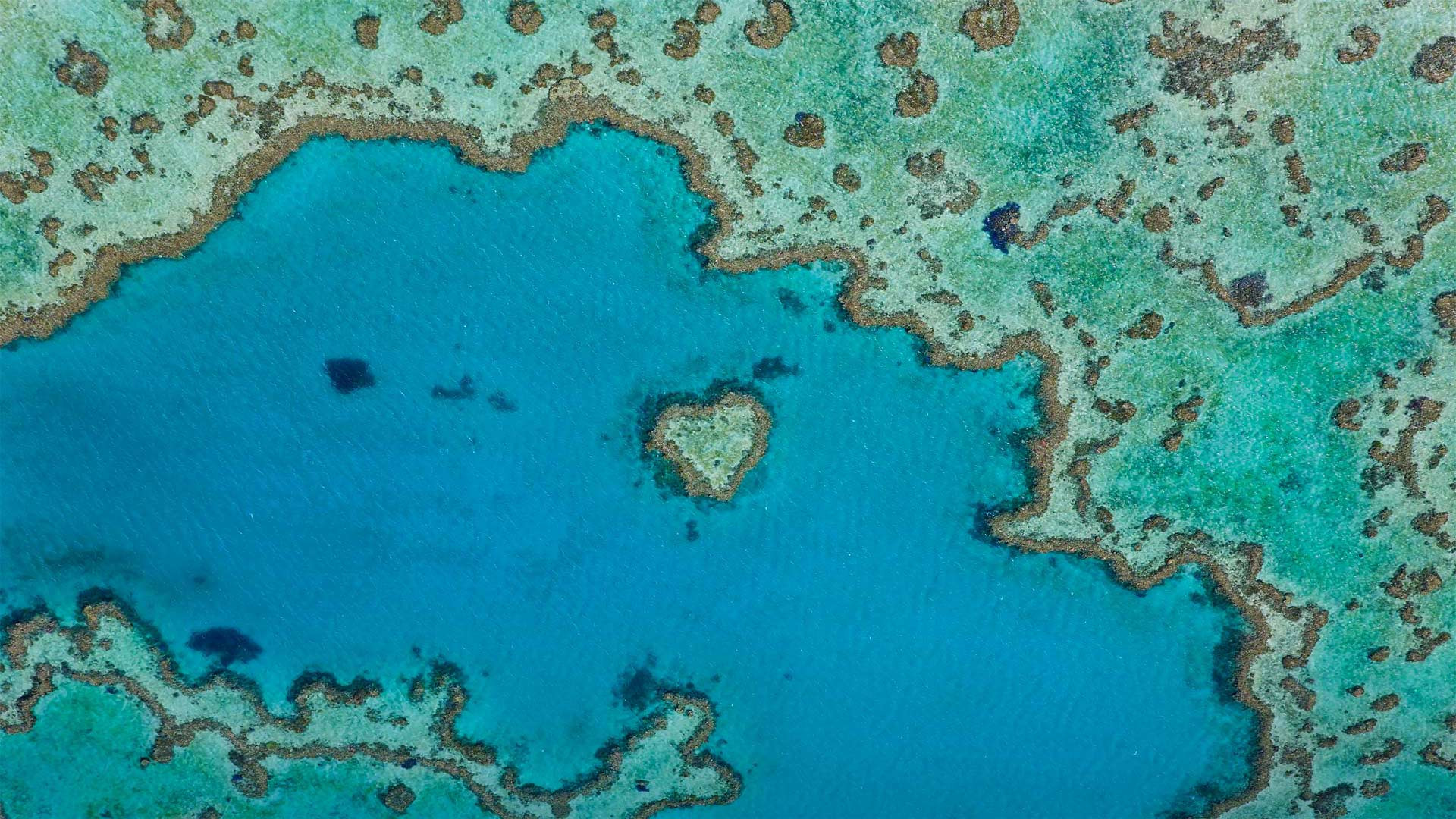
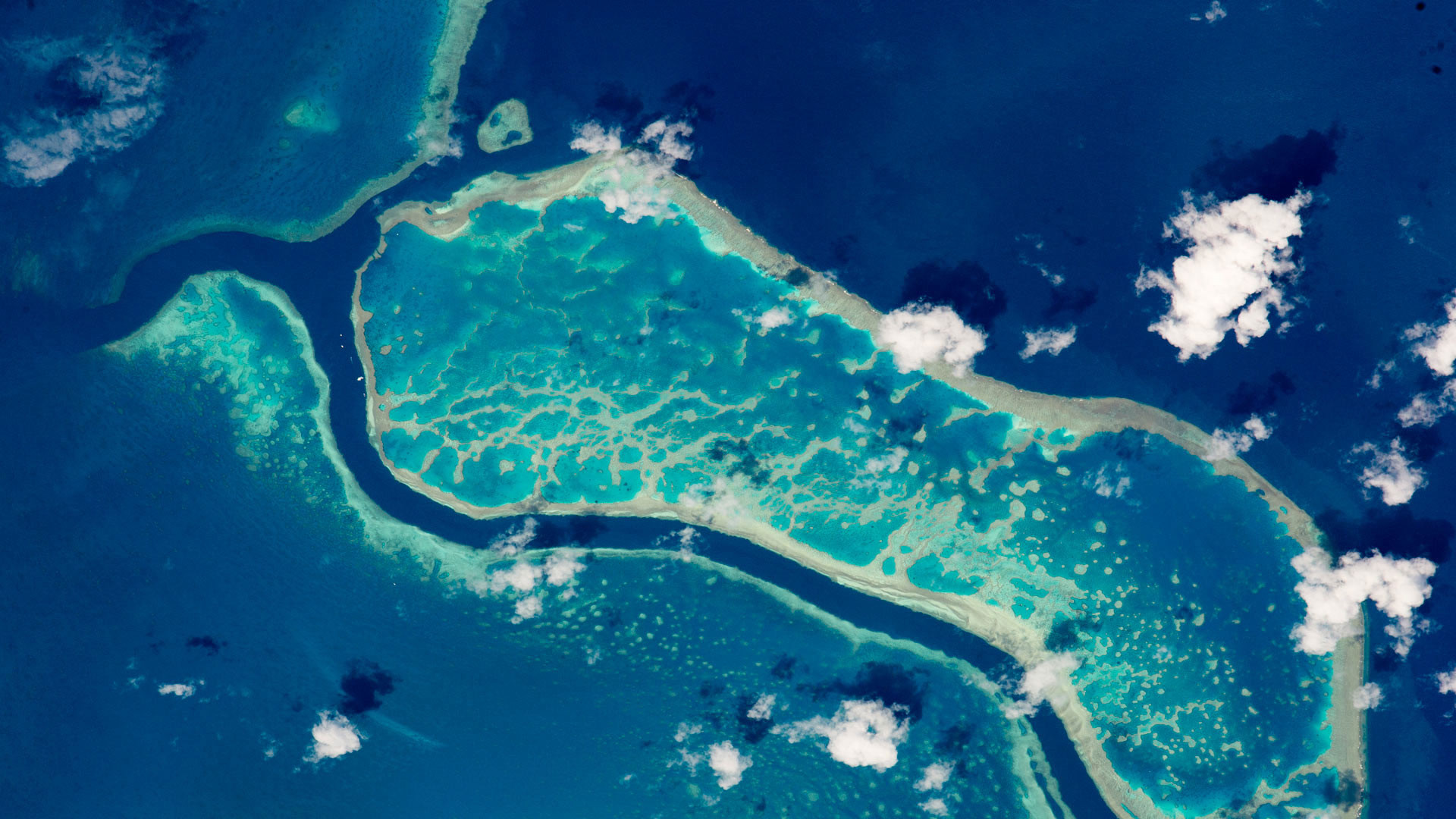
Aerial photography of the famous Great Barrier Reef in Australia, which includes Heart Reef (can you spot it?).




Architectural decorative elements from the external as well as from the internal of the College of All Souls of the Faithful Departed in Oxford.
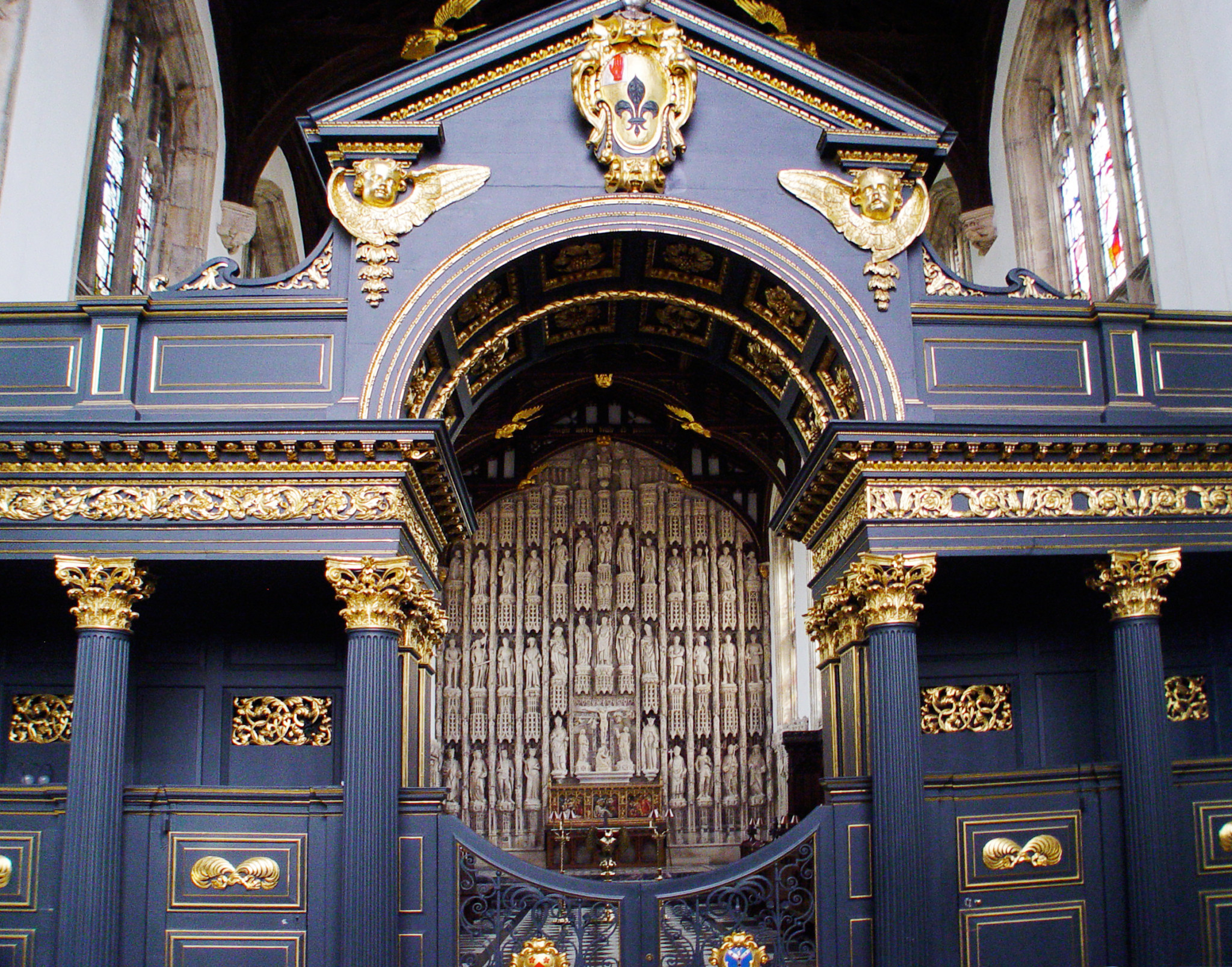
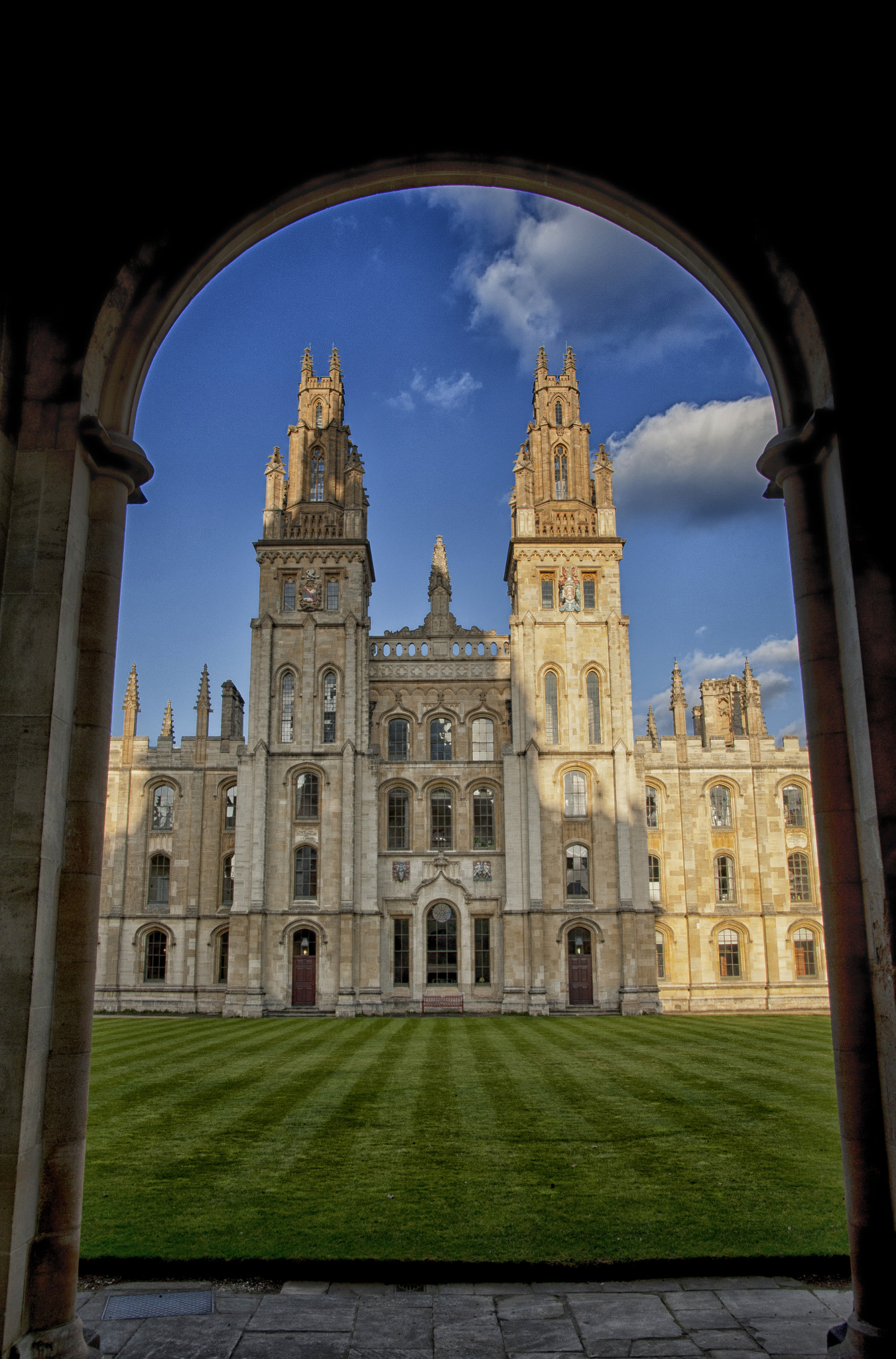
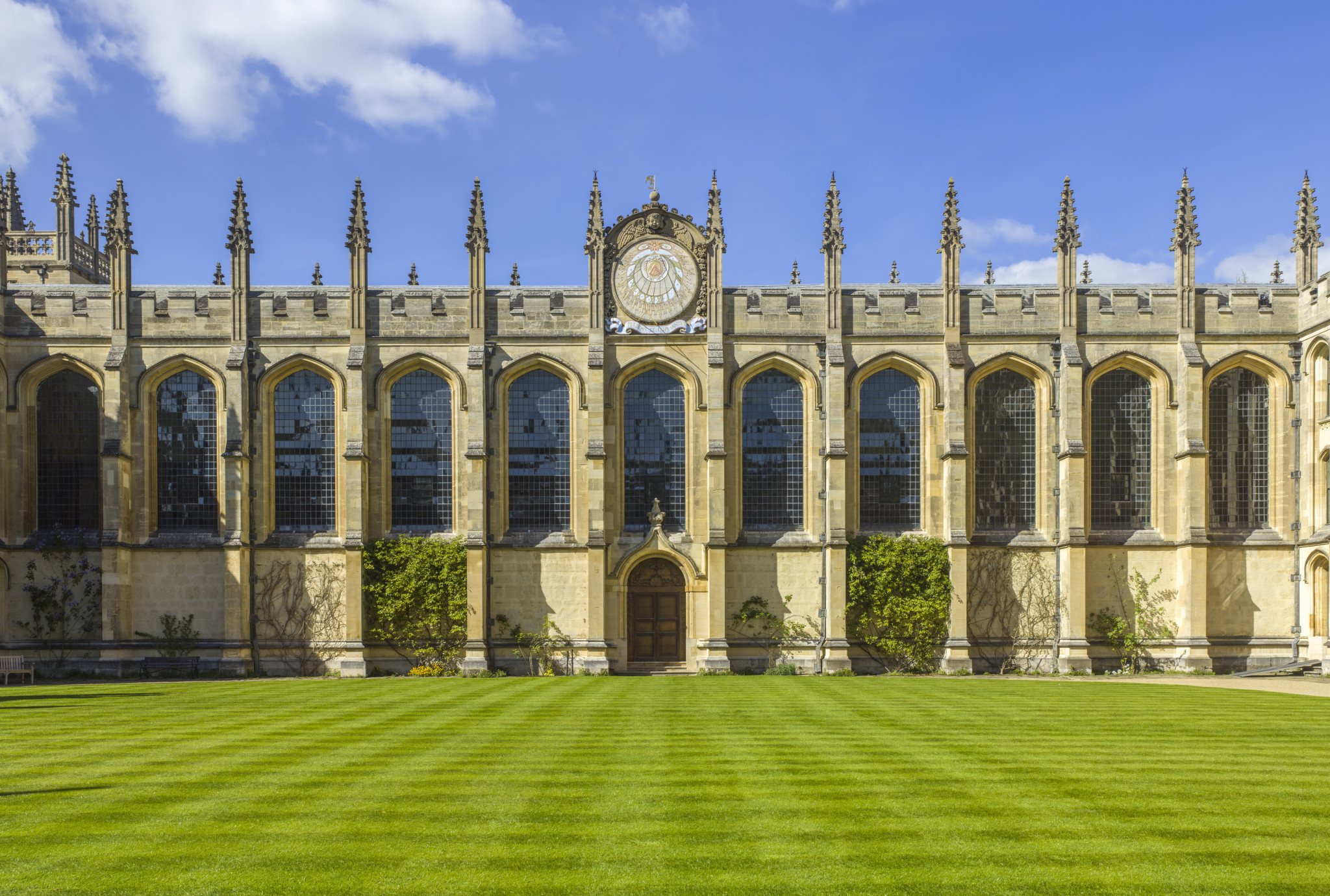
Santa Lucia church at Colle Santa Lucia hamlet during the festive season, in Belluno, Veneto : postcard perfect. Happy New Year everyone!
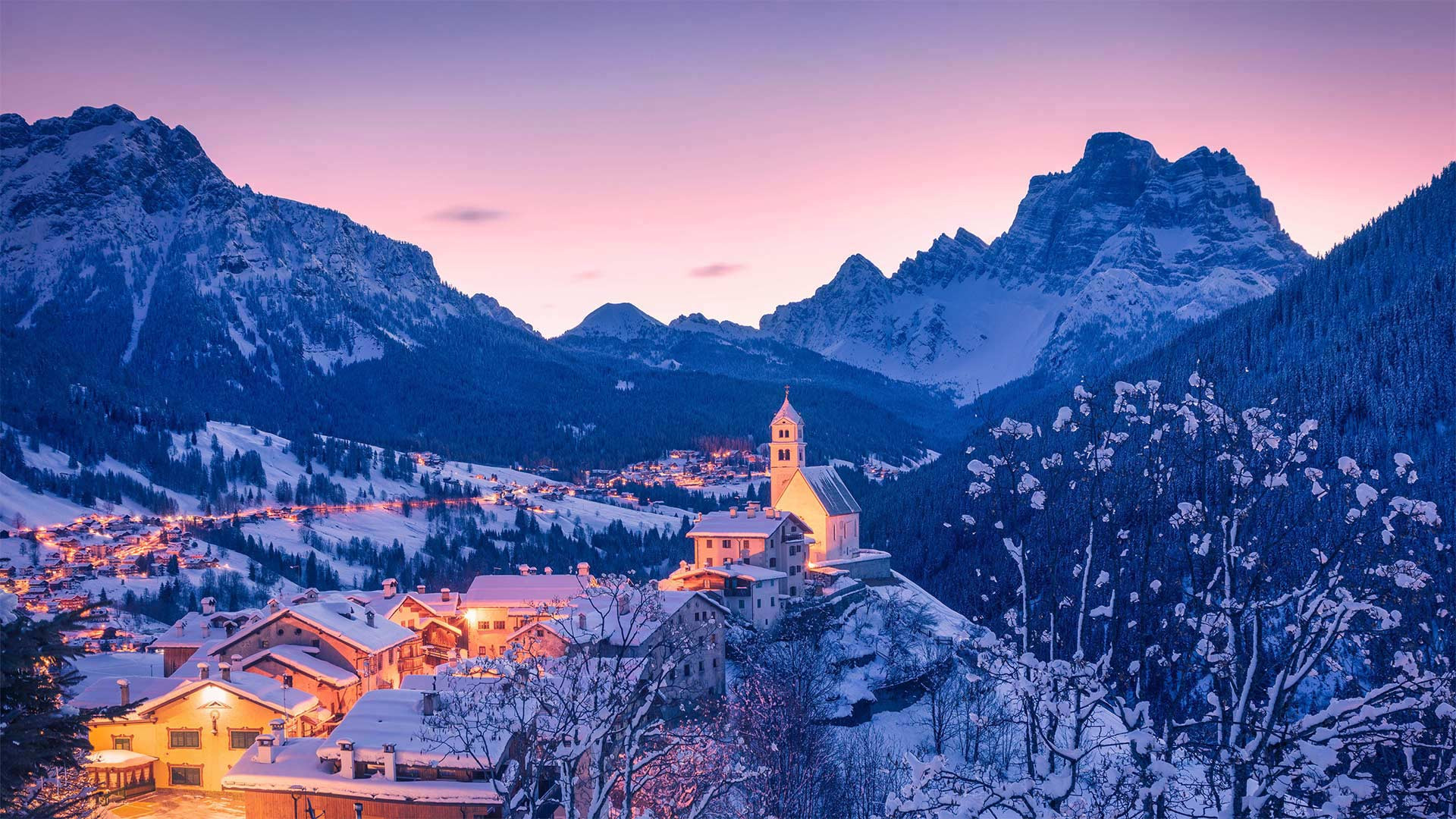
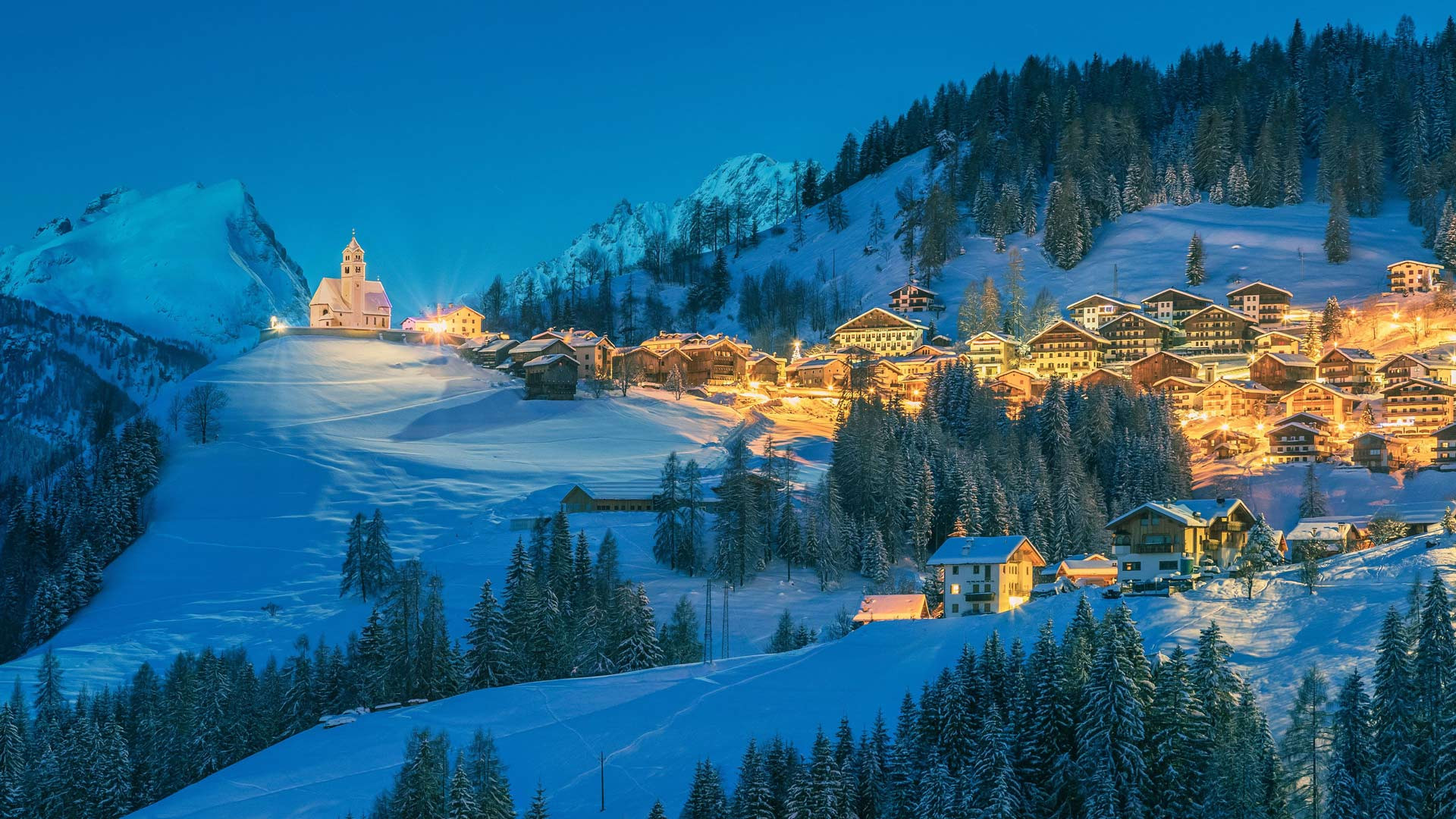
Touching again on the theme of very small islands inside lakes or near beaches (see previous posts starting from the one dated 23rd September 2024, up to the one dated 26th October), here is another small island on Lake Bled in Slovenia, held in embrace by the Julian Alps, and capped by the Church of the Assumption, that in its current form was constructed towards the end of the 17th century.
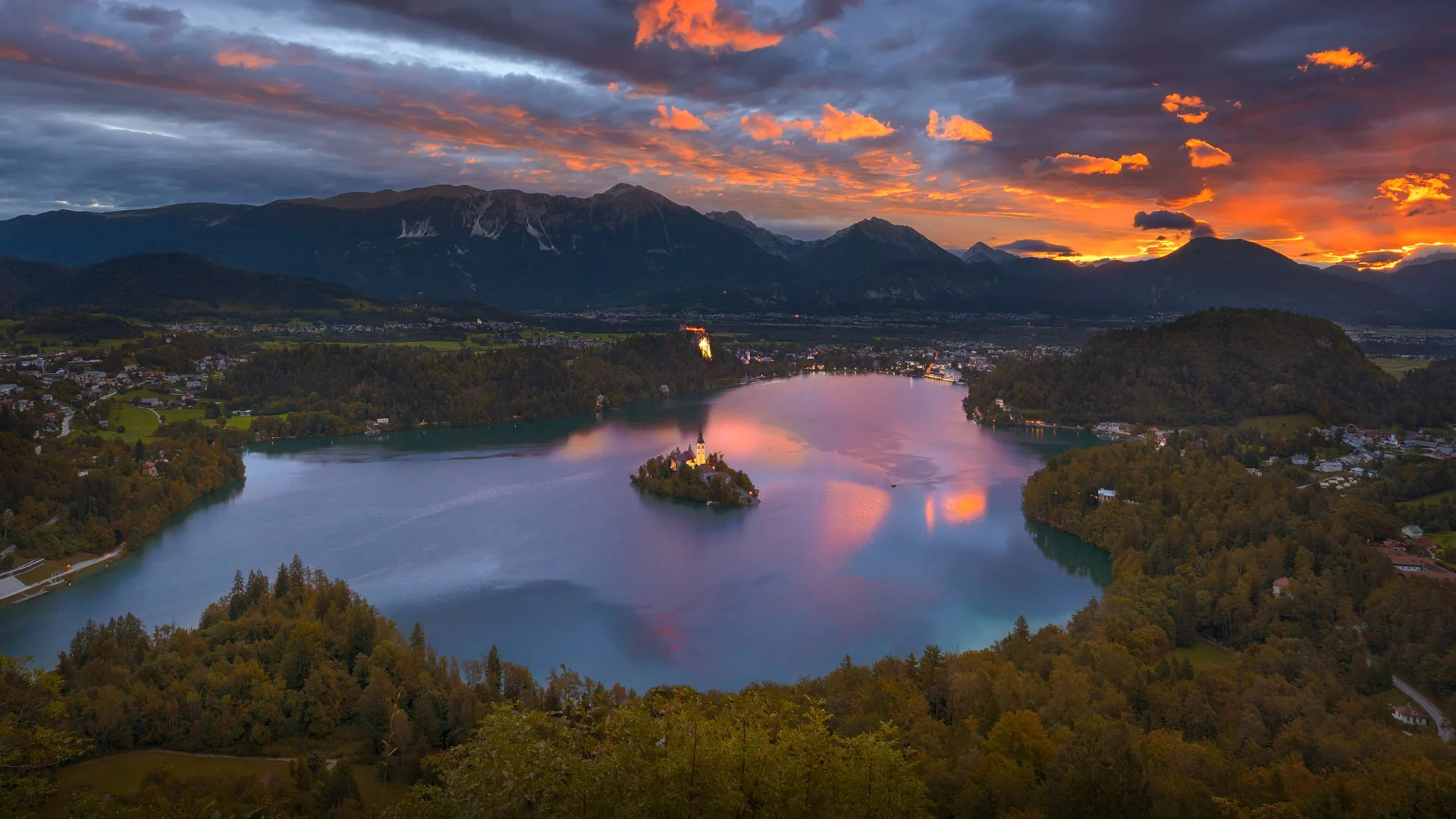
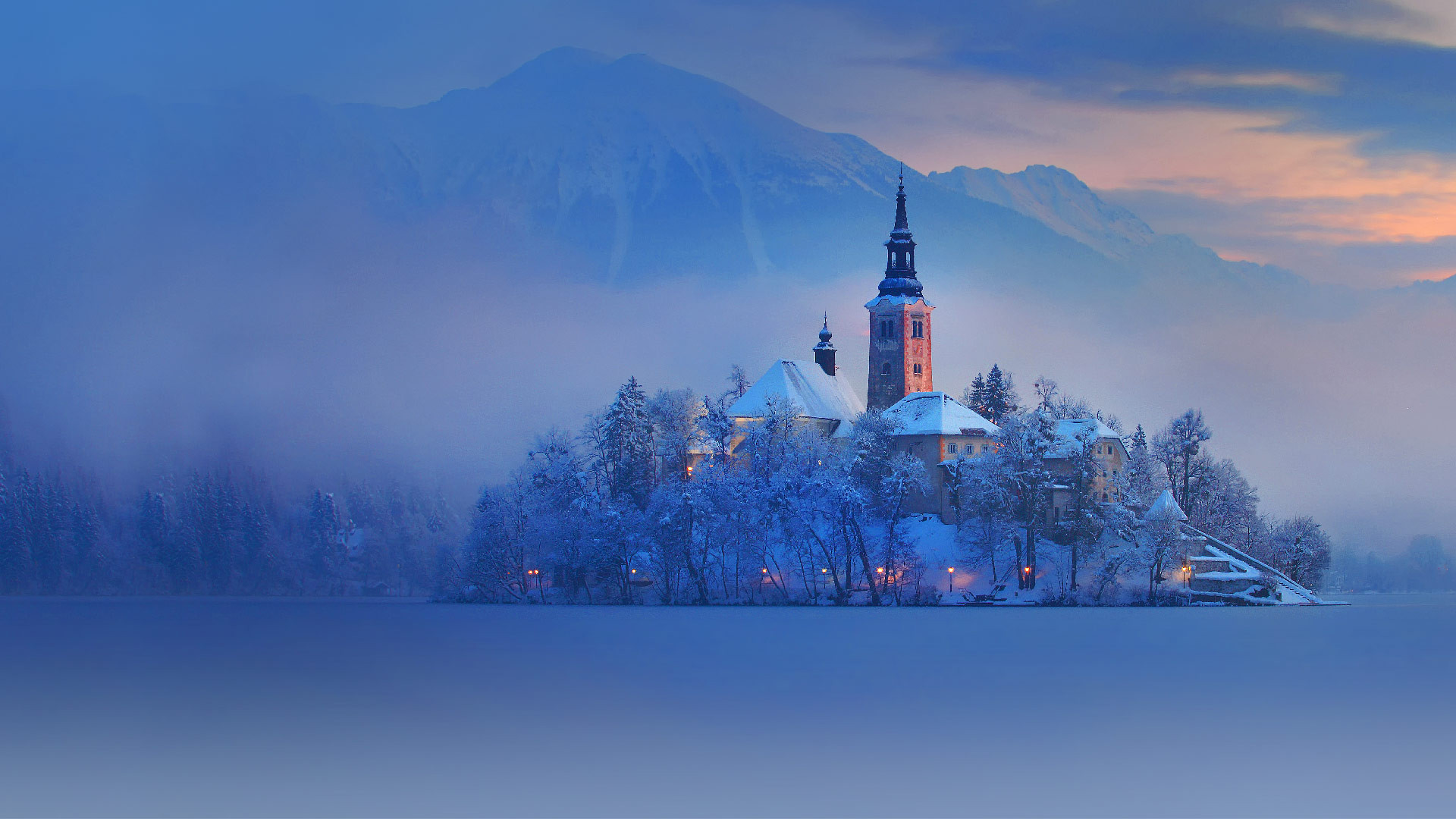
Christmas trees from around the world. (Click on the individual thumbnail to see the whole image.) Happy Christmas to everyone!
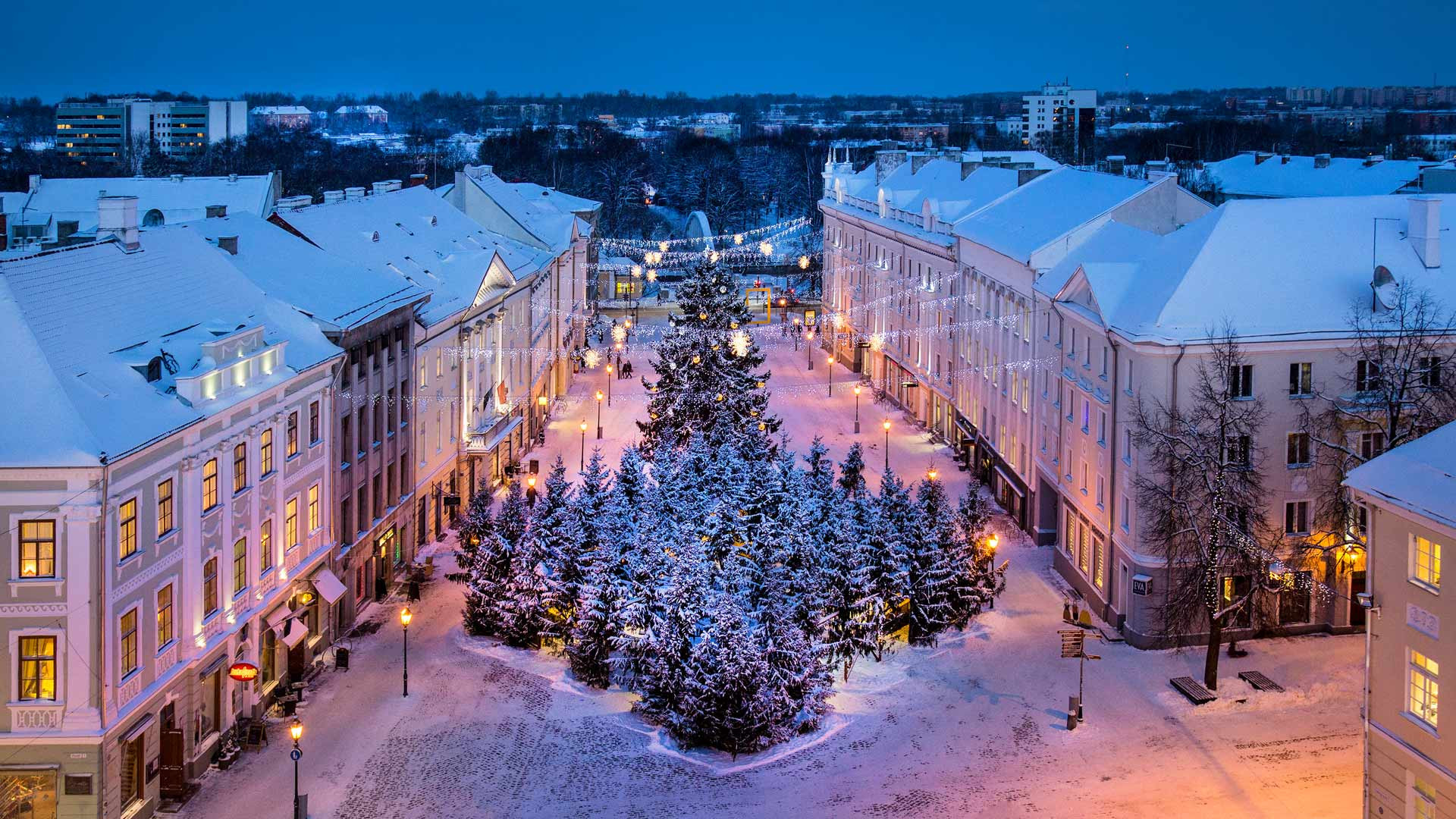
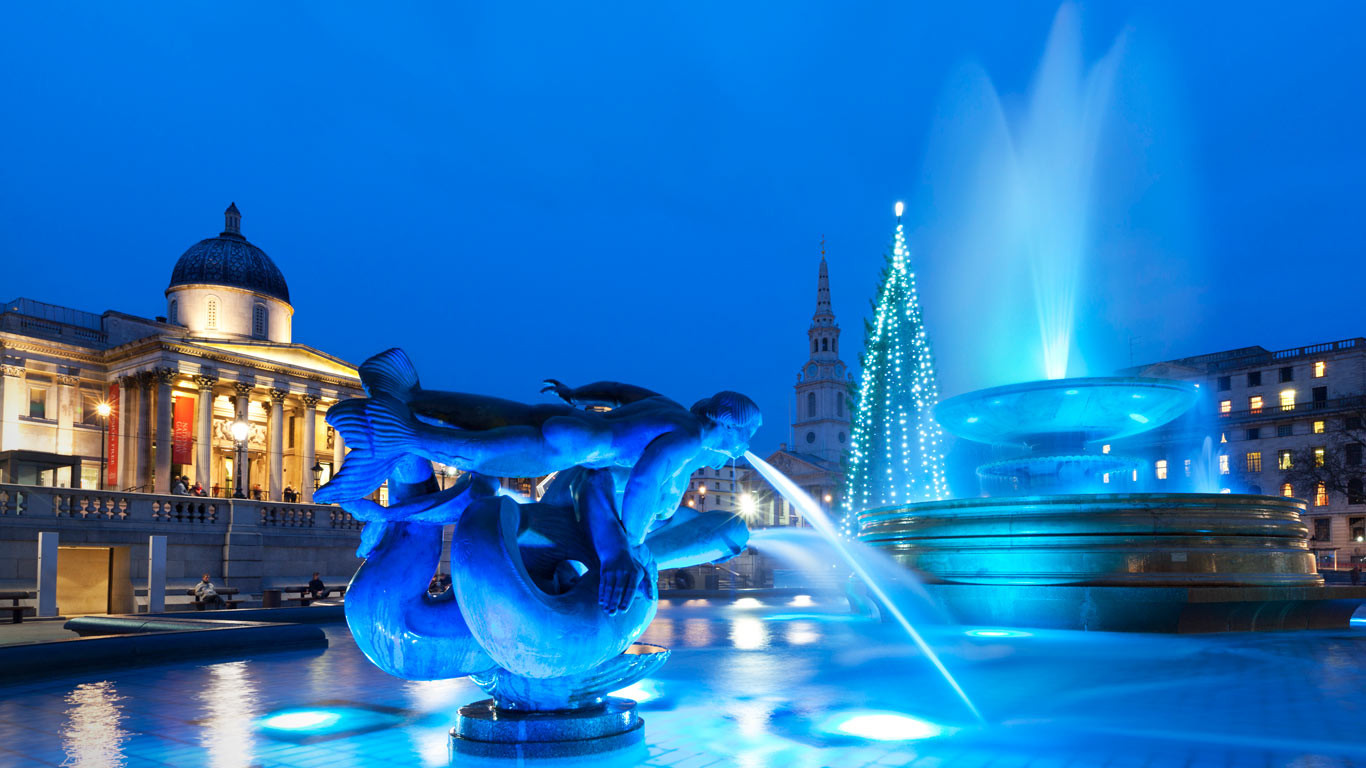
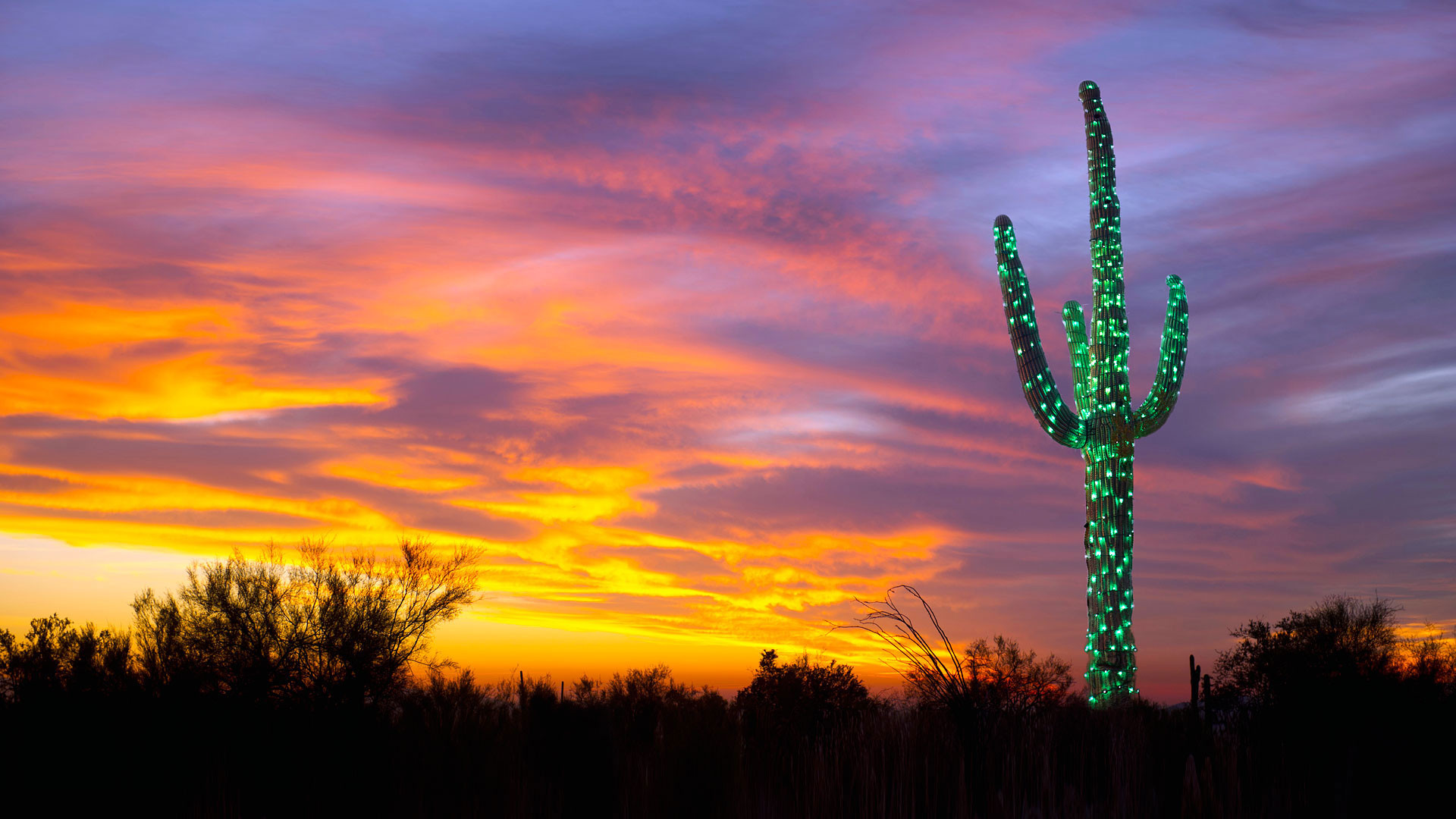
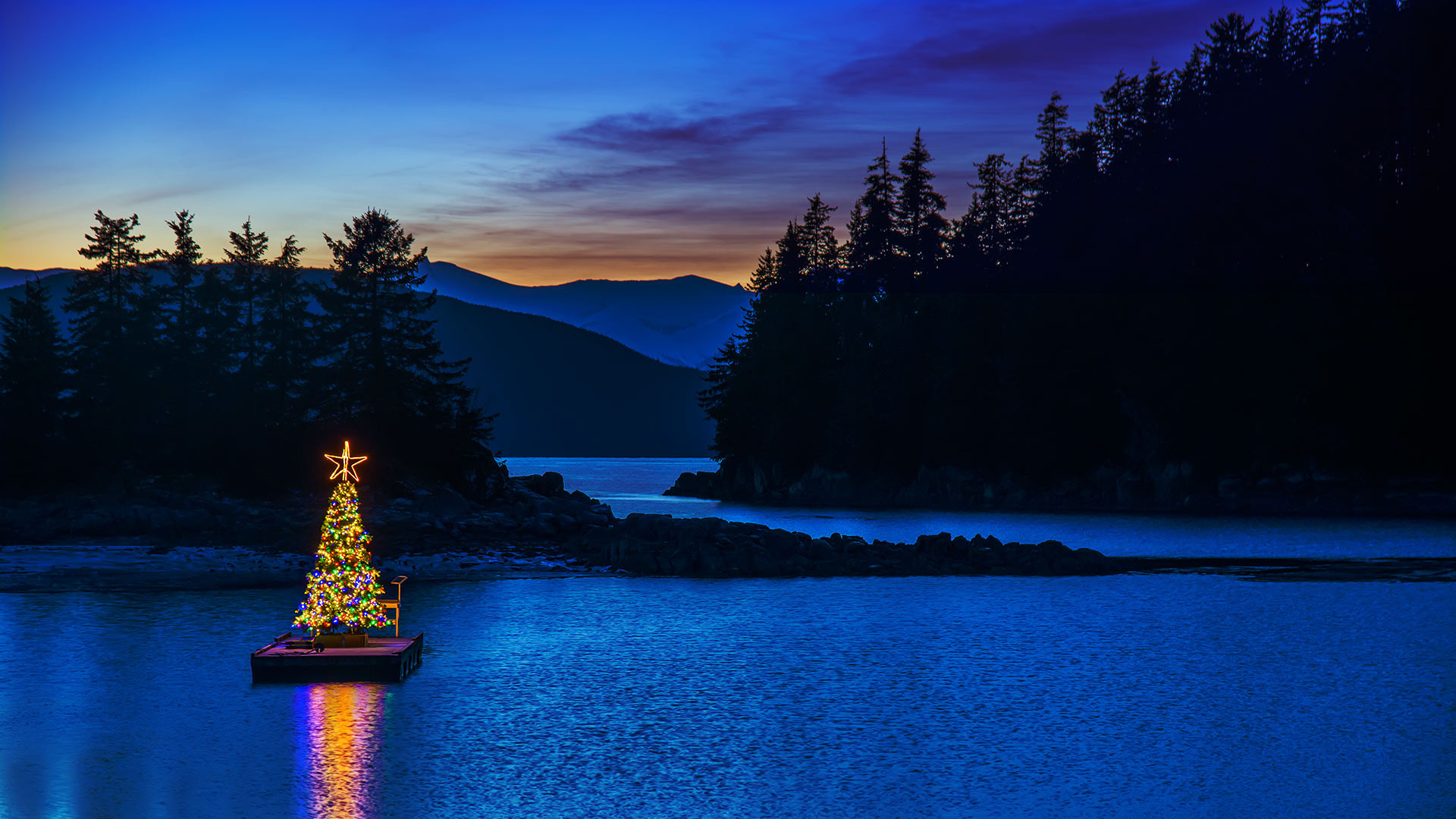
Joseph Gatt ... and a further extra Christmas tree to complement the above.
In total, there are 37 bridges and footbridges that span the River Seine, which flows for 13 km through Paris. Seen here are three charming exemplars.
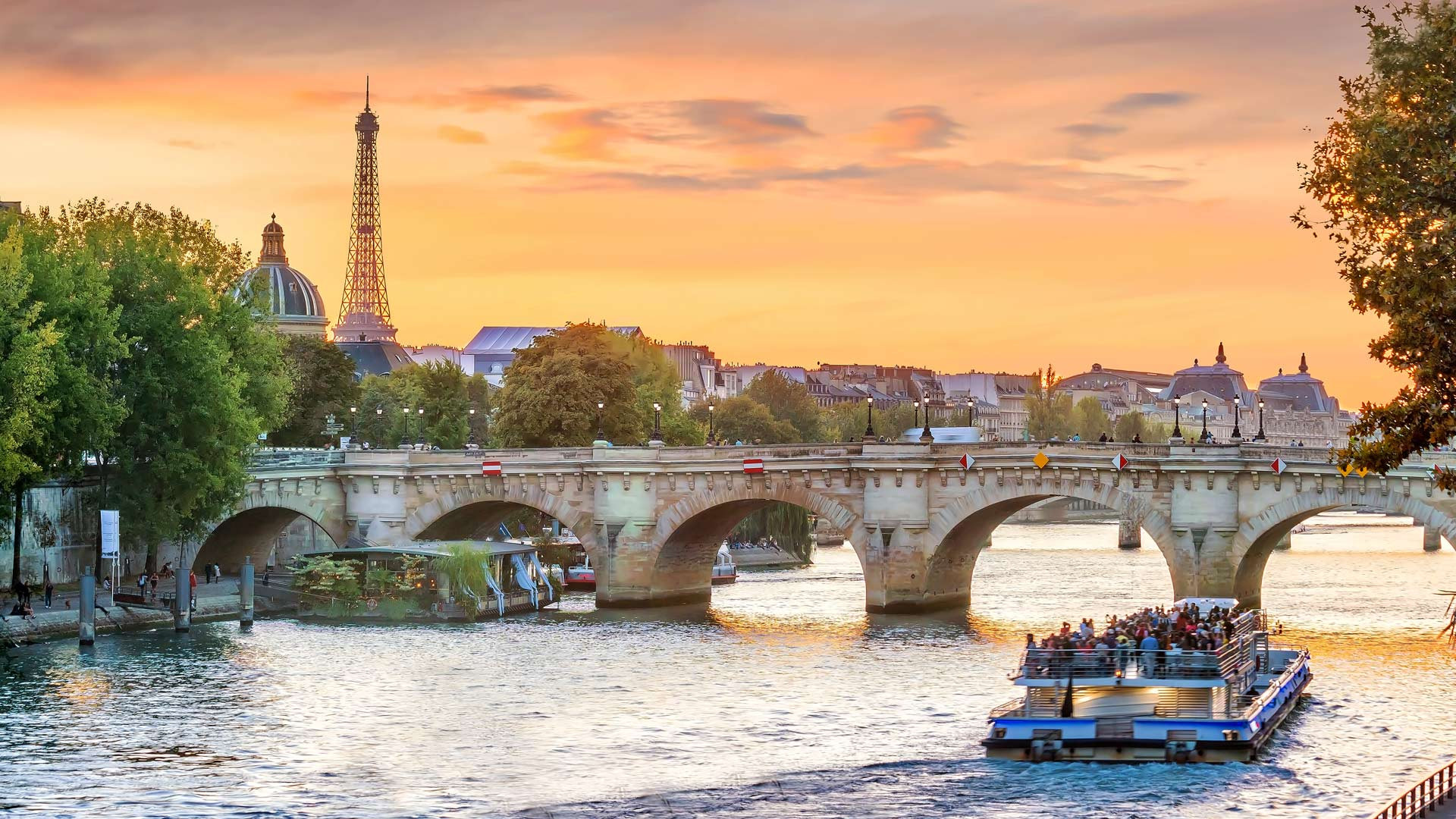
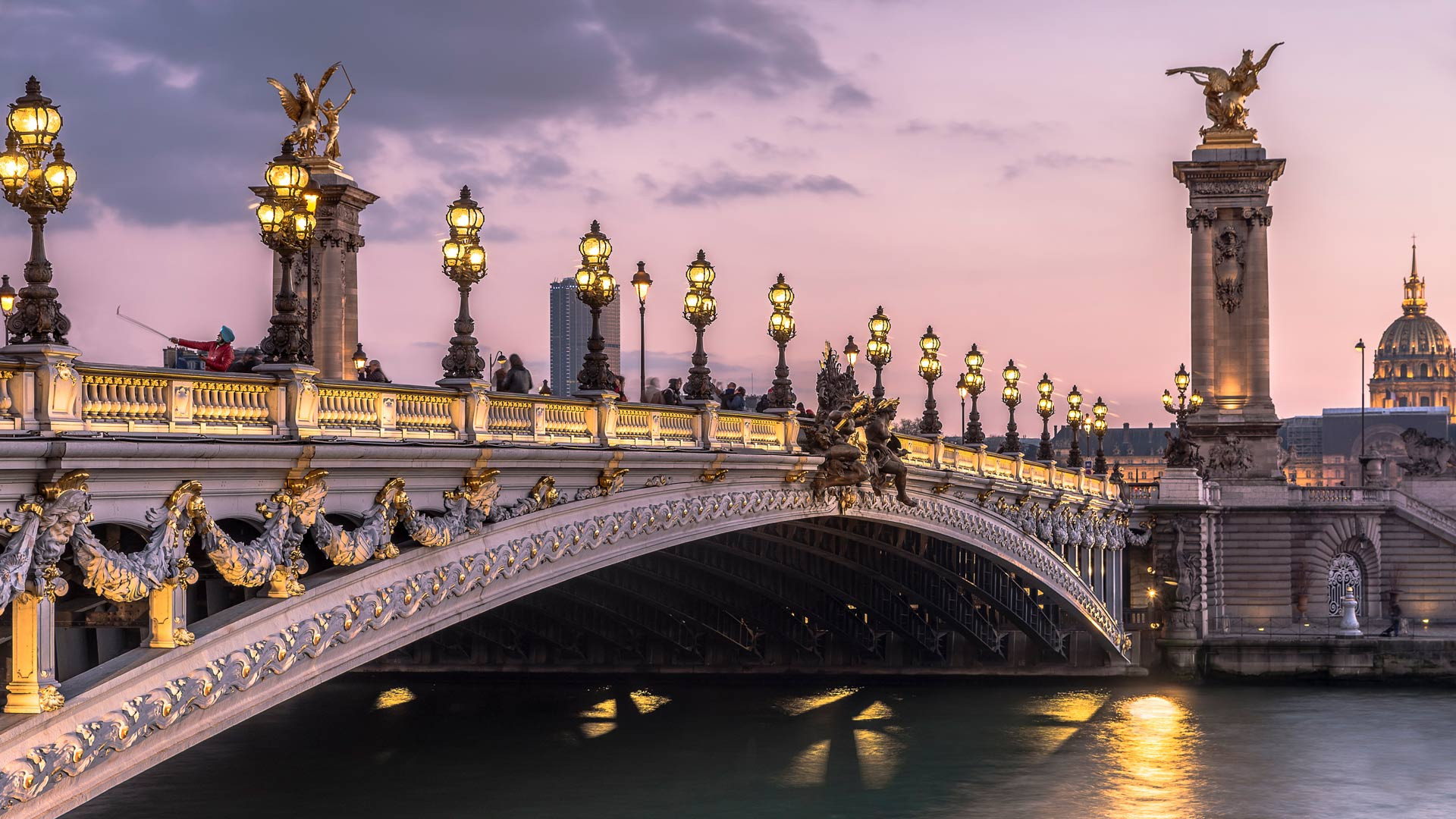
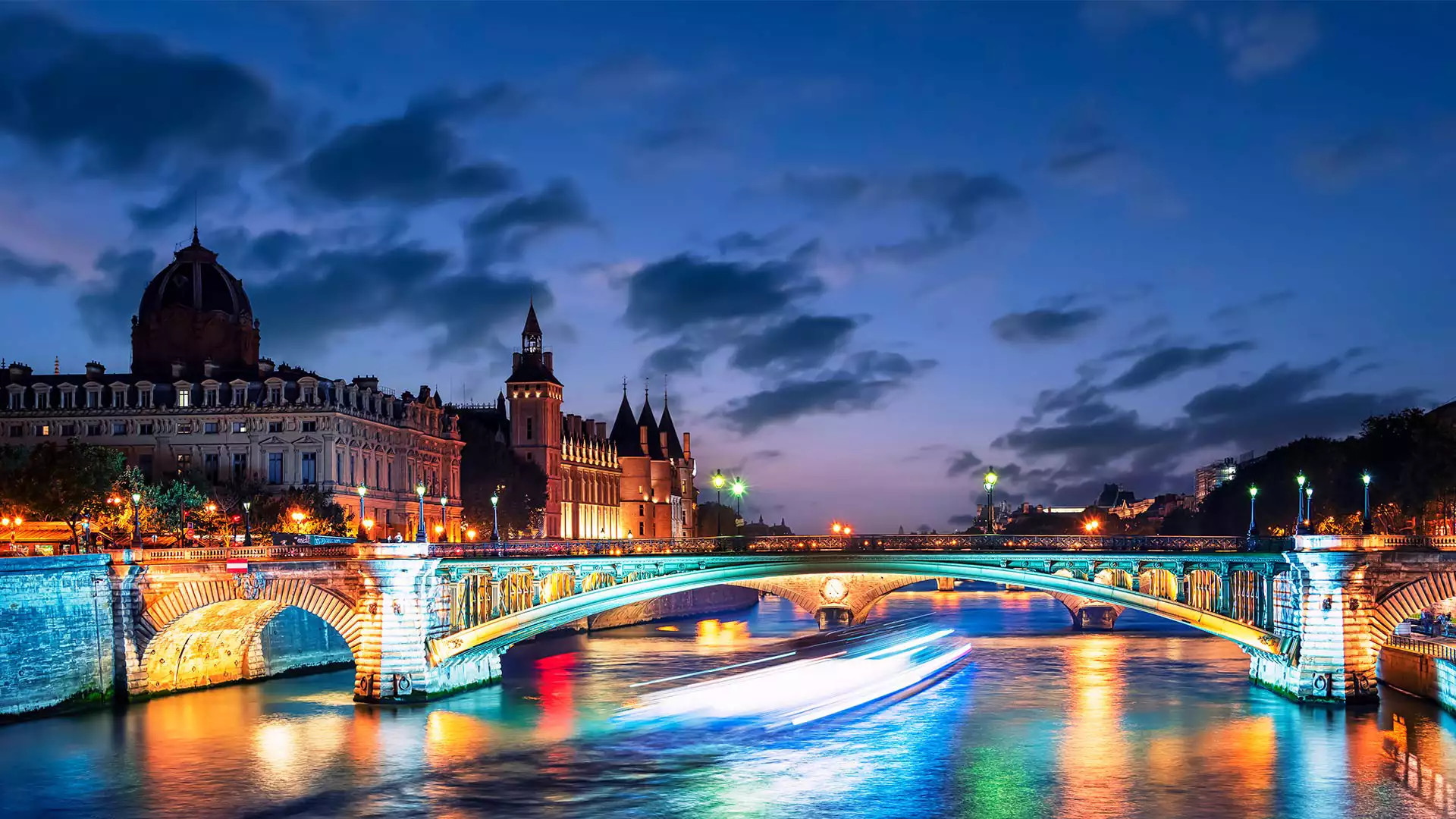
Long abandoned buildings, falling into ruin, from gold rush towns to beautiful buildings left behind because of war and civil strife.
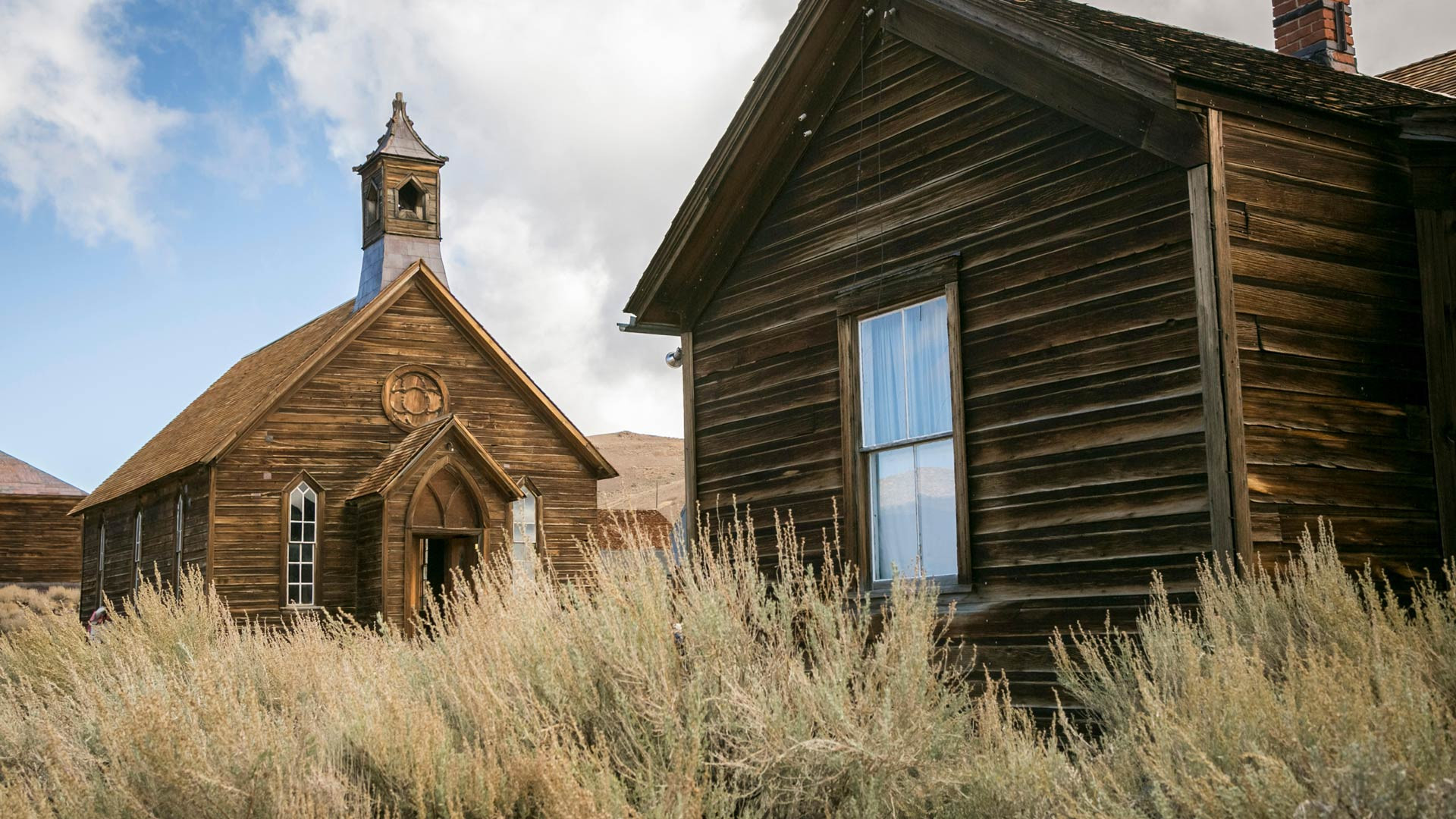
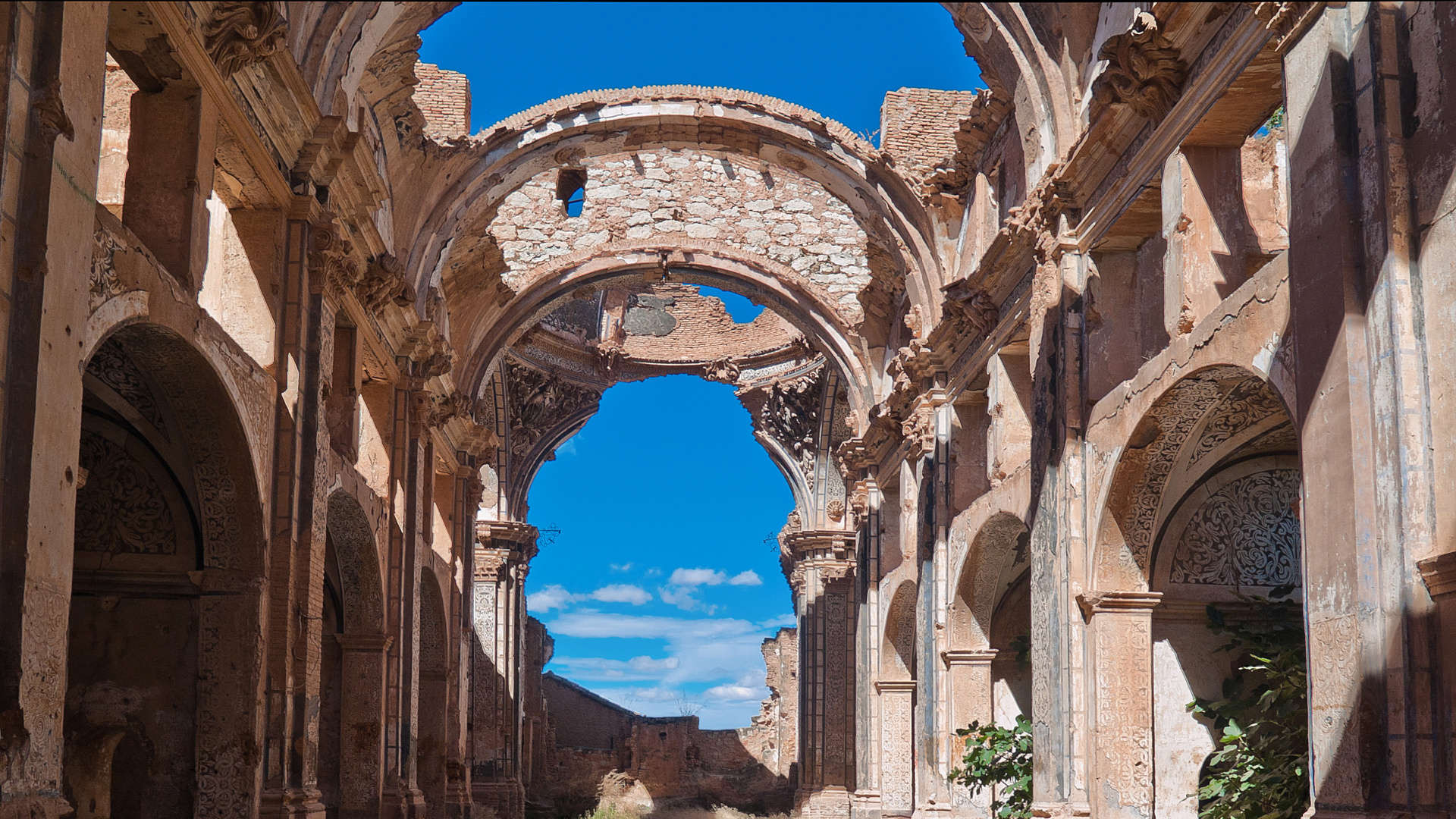
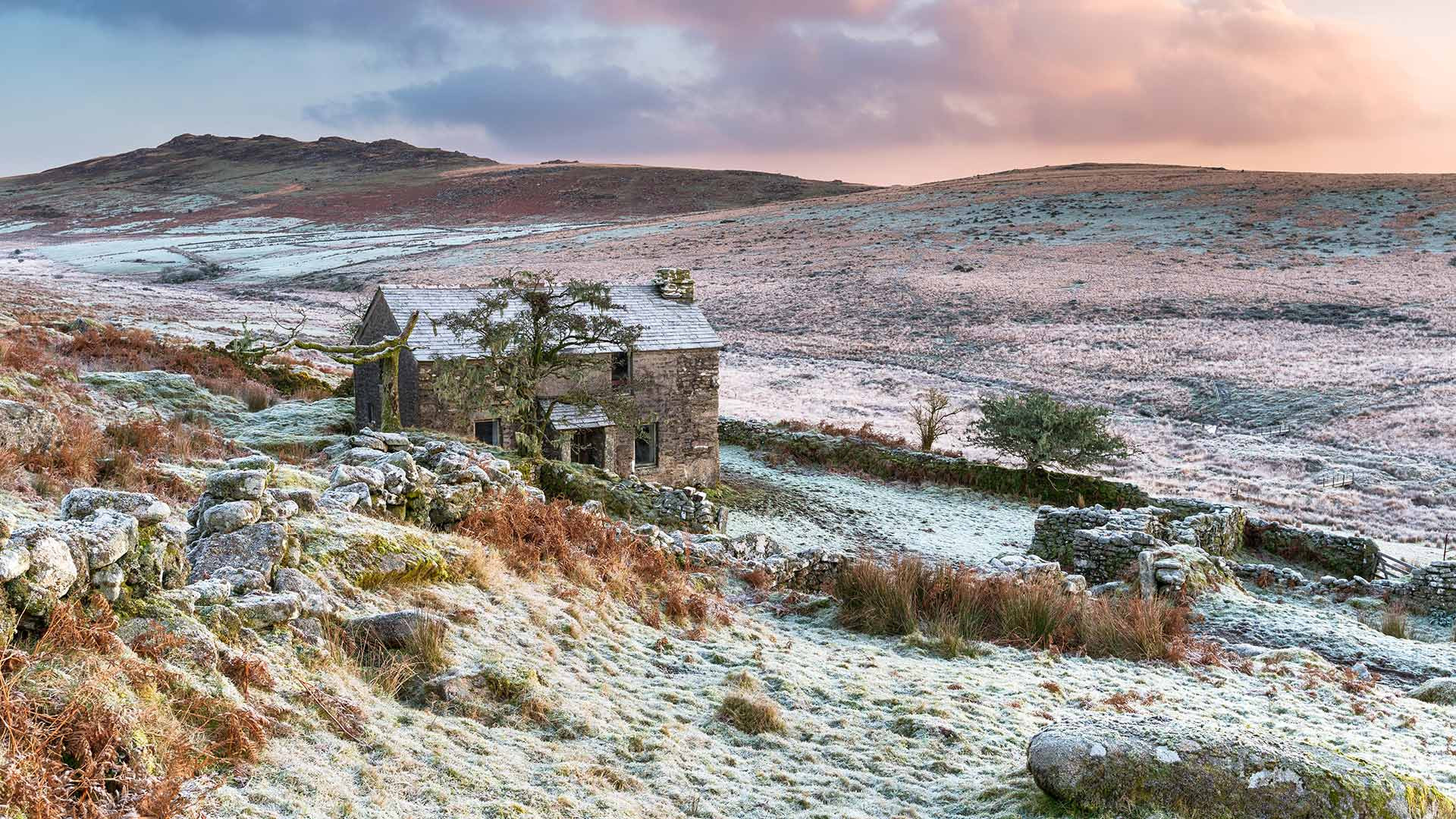
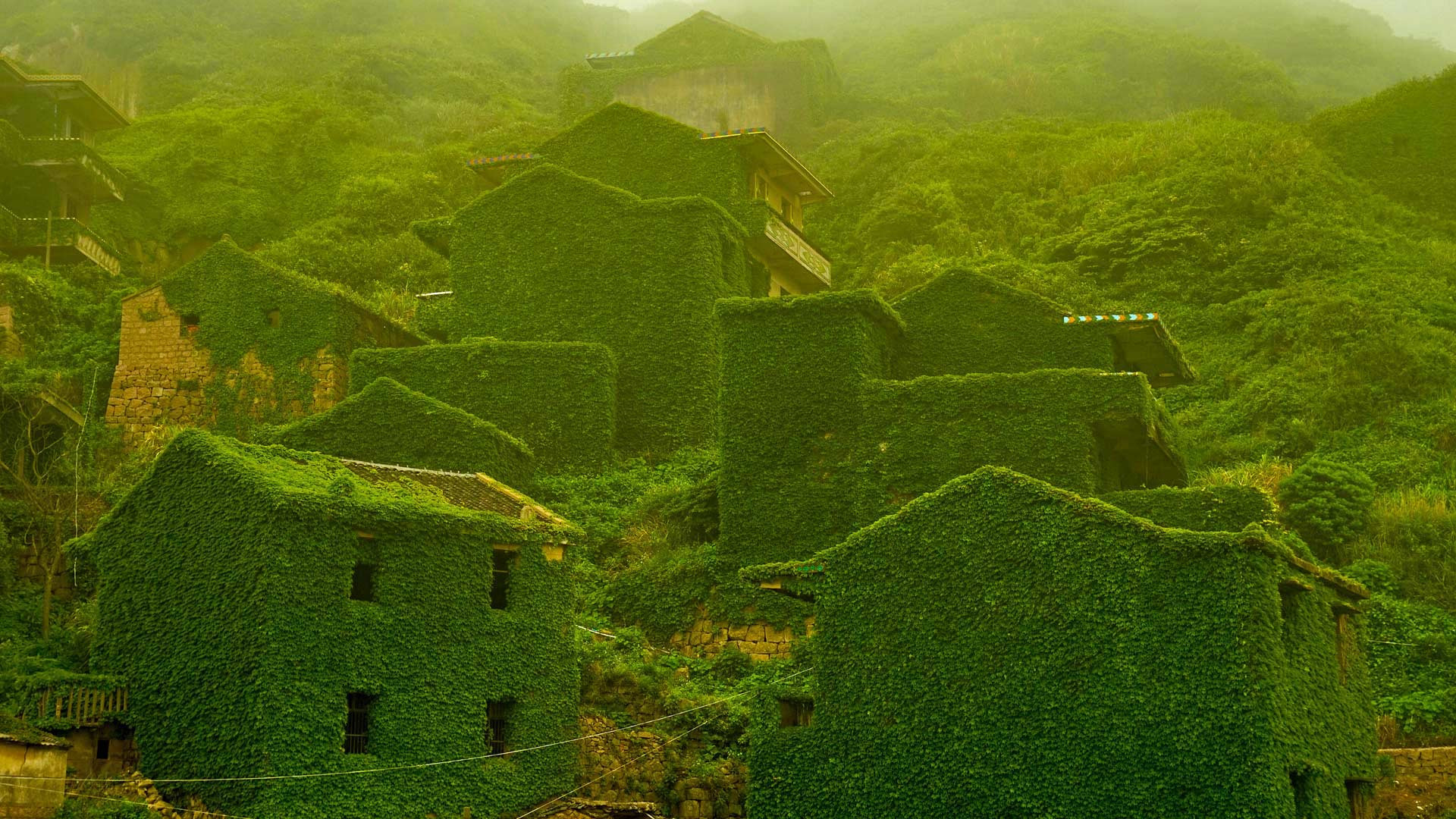
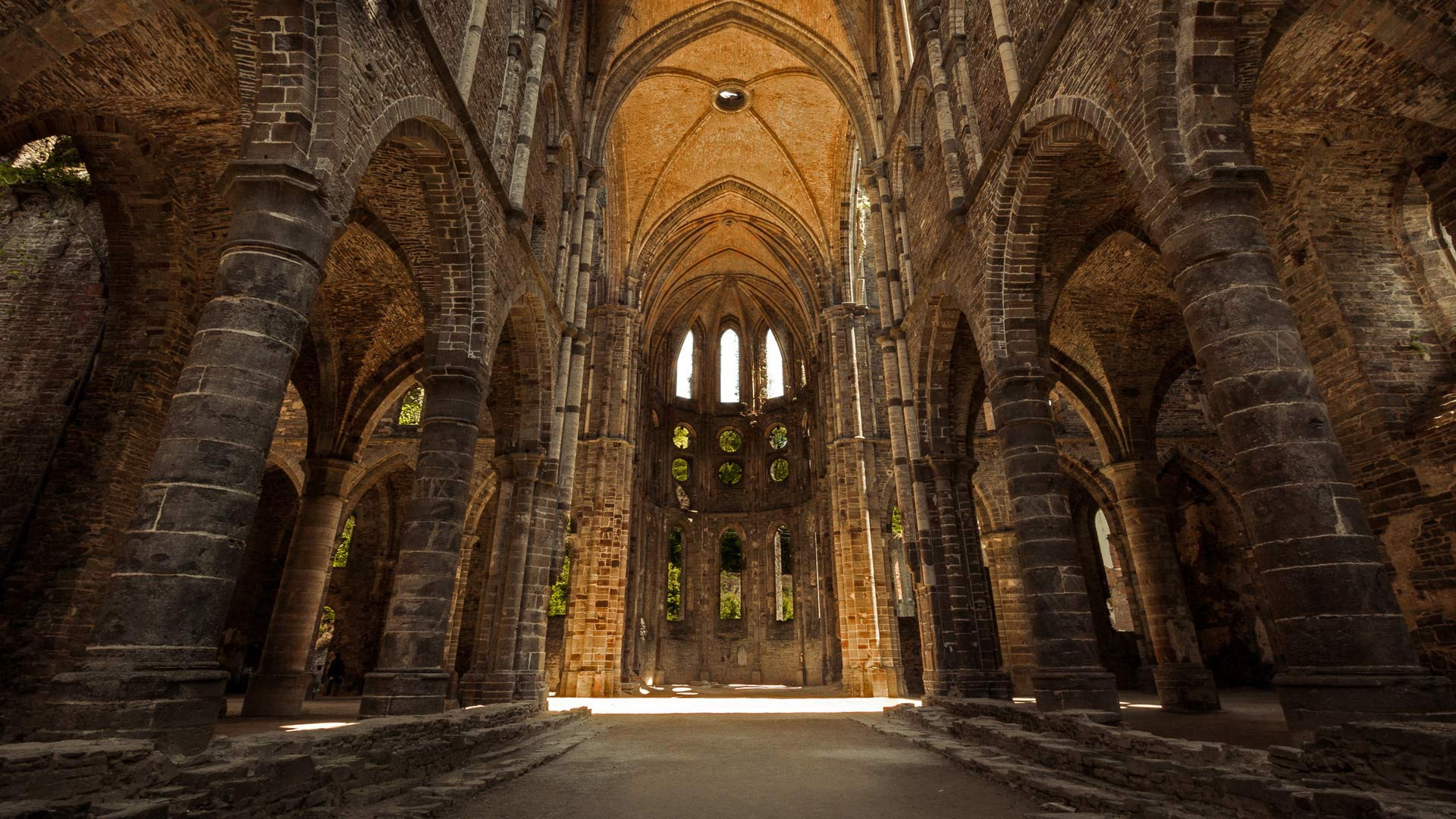
Three castle strongholds from the Nouvelle-Aquitaine region, in France.
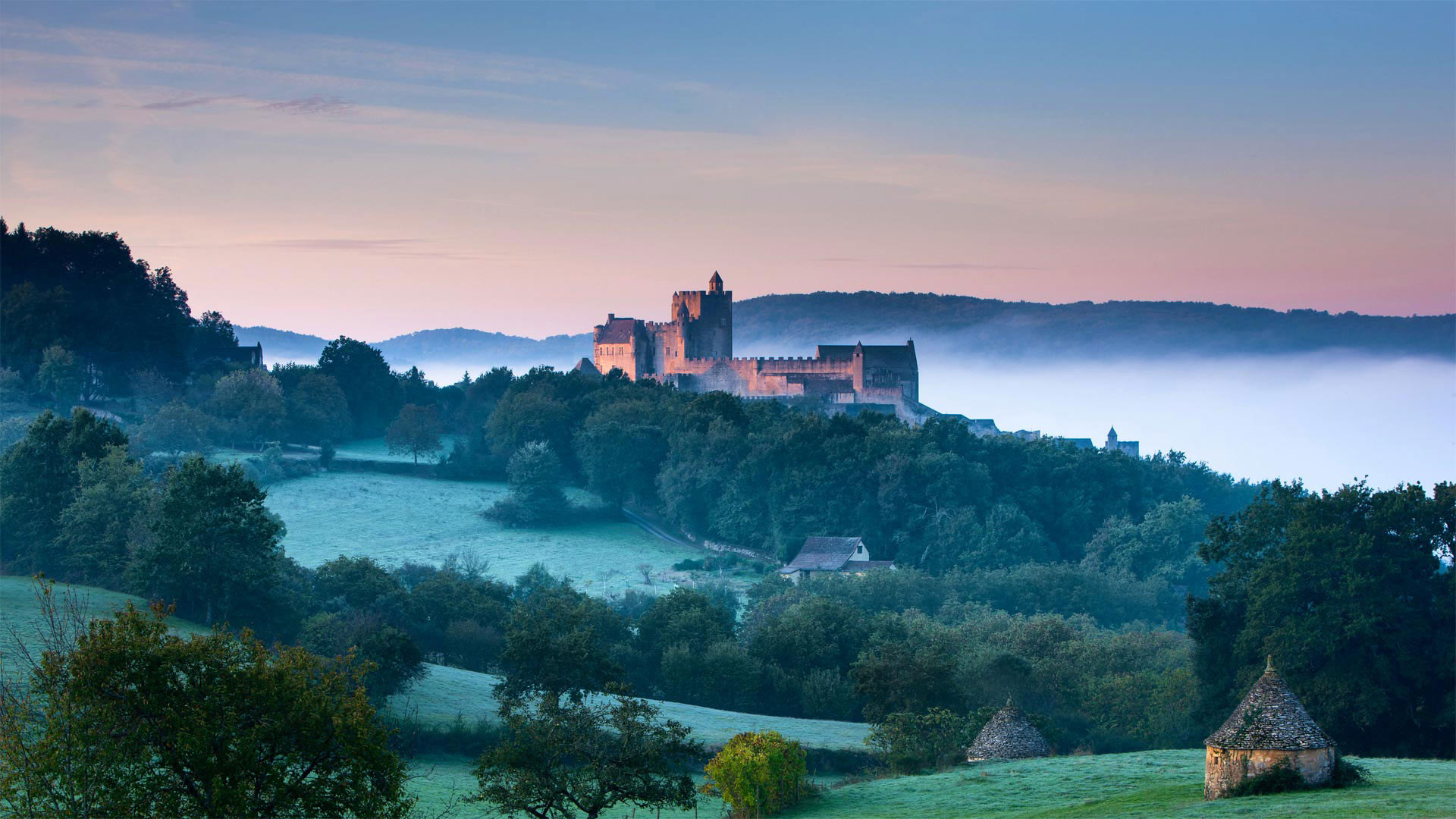
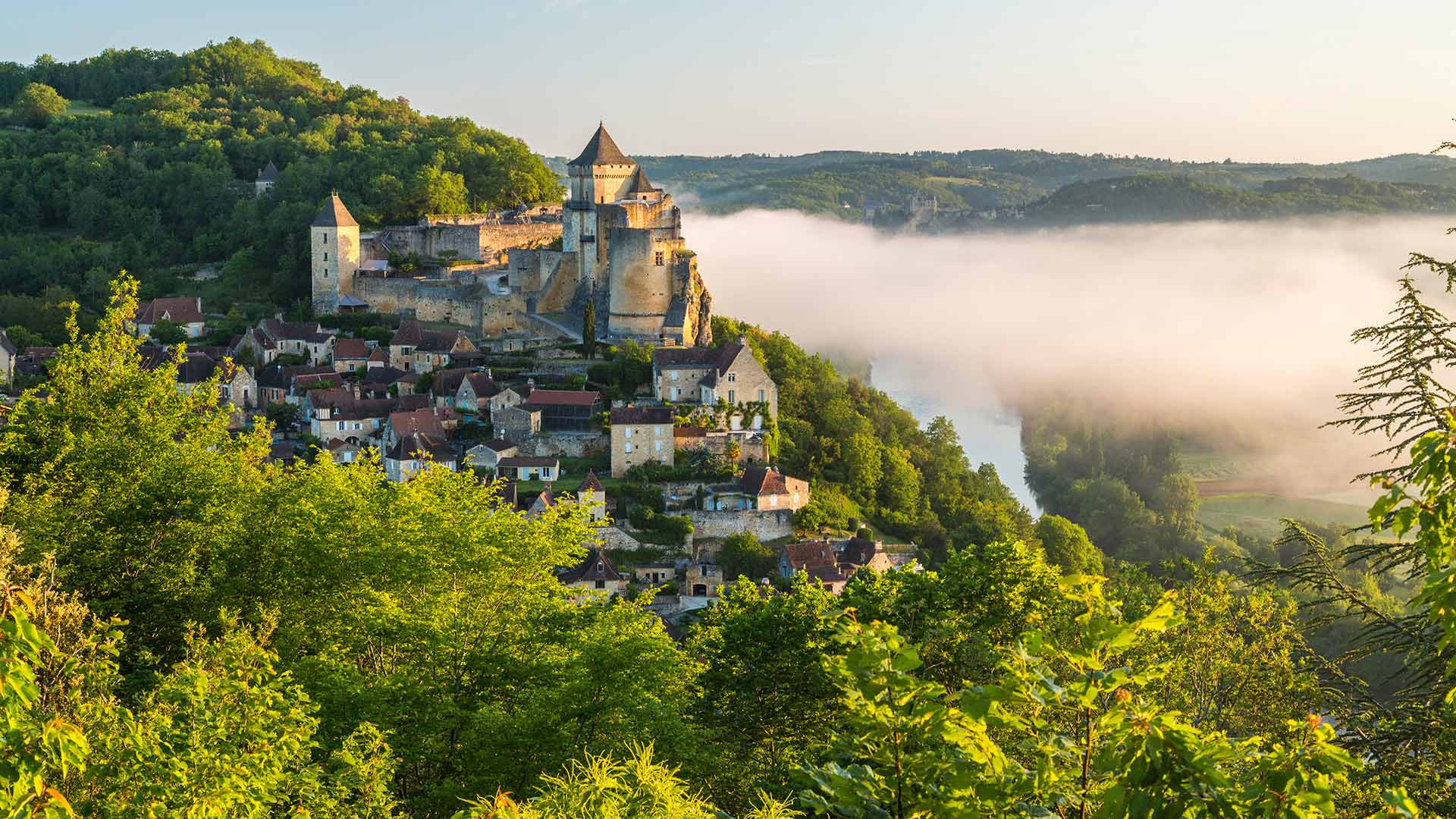
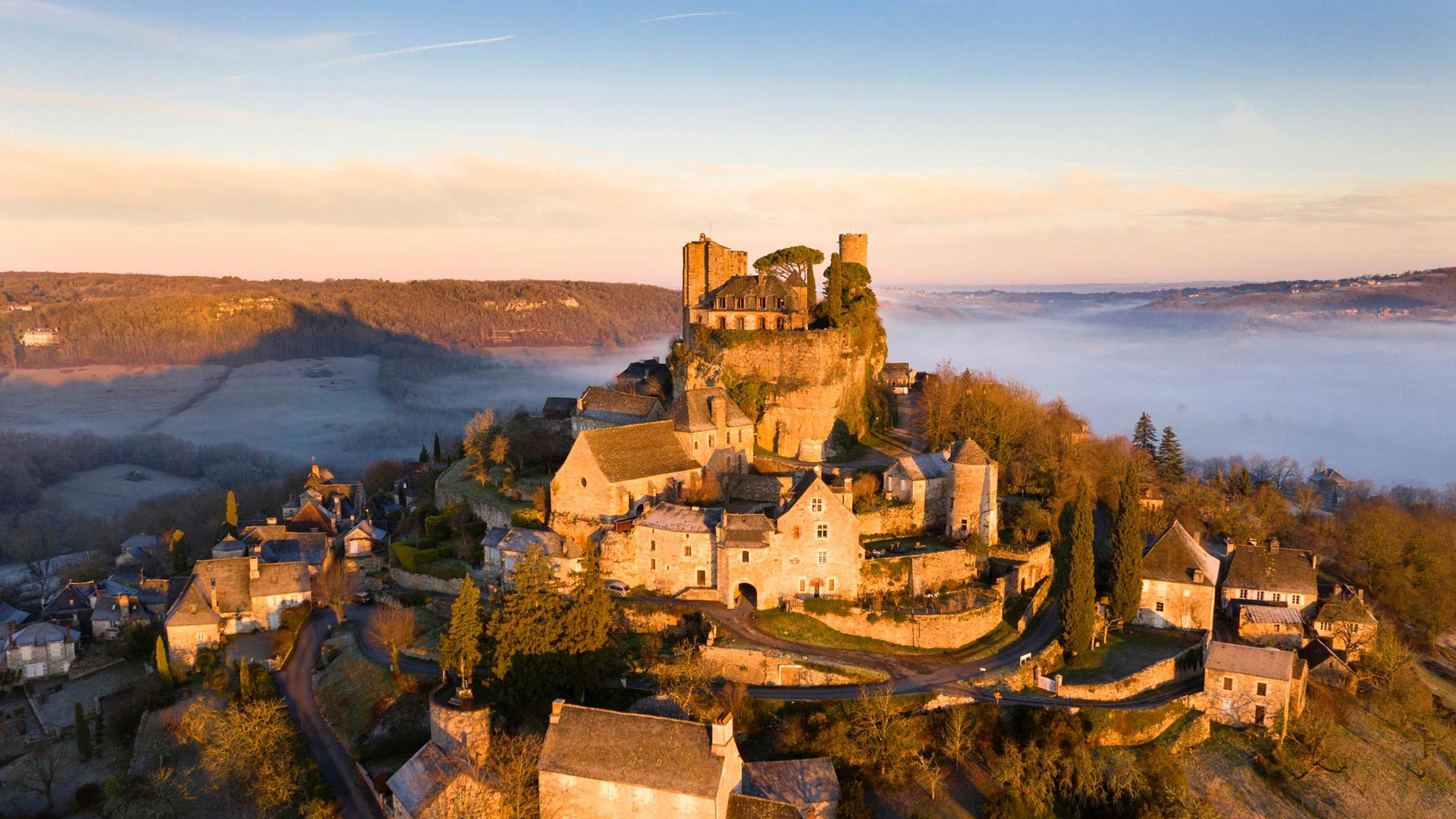
Toadstool mushroom-shaped hoodoos from Utah and New Mexico, carving an eerie and alien landscape.
